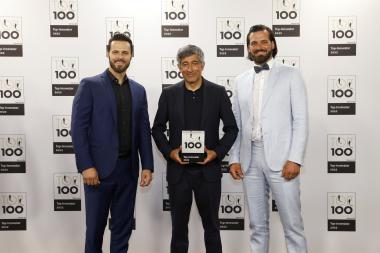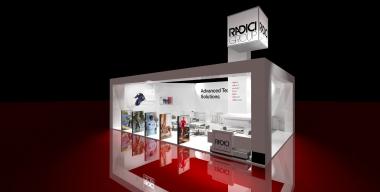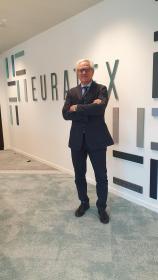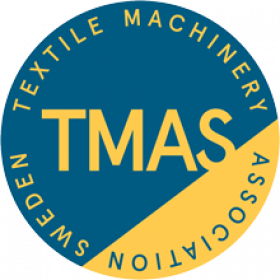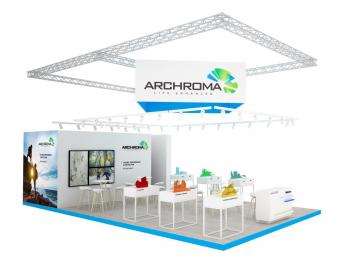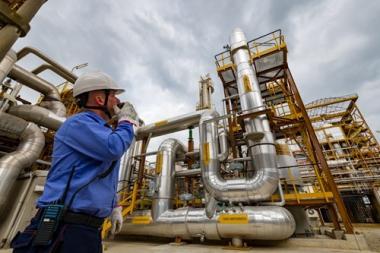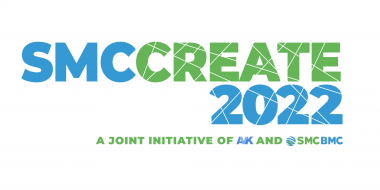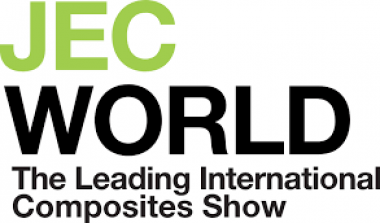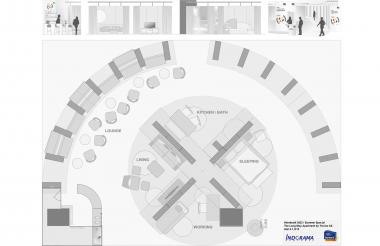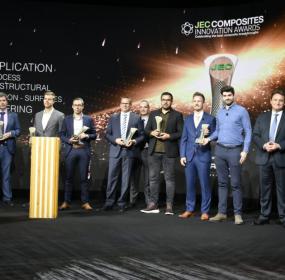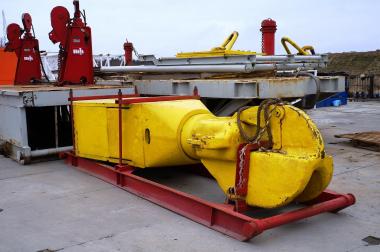AkzoNobel publishes results for second quarter 2022
Akzo Nobel N.V. publishes results for second quarter 2022
Highlights Grow & Deliver (compared with Q2 2021)
- Revenue up 14% and 10% higher in constant currencies1, pricing up 16%
- ROS2 at 8.7% (2021: 13.3%), resulting from lower volumes and continued raw material and freight costs inflation
- Adjusted EBITDA at €337 million (2021: €419 million)
- Acquisition of Grupo Orbis completed in April 2022. Intended acquisition of Kansai Paint’s business in Africa announced in June 2022. Intended acquisition of the liquid wheel coatings business of Germany-based Lankwitzer Lackfabrik GmbH announced in July 2022
Highlights Q2 2022 (compared with Q2 2021)
- Pricing up 16%; offsetting the increase of raw material and other variable costs. Volumes 9% lower
- Operating income at €205 million (2021: €384 million), includes €44 million negative impact from Identified items (2021: €49 million net positive impact). OPI margin 7.2% (2021: 15.3%)
- Adjusted operating income3 at €249 million (2021: €335 million)
- Net cash from operating activities decreased to negative €52 million (2021: positive €168 million)
- Net income attributable to shareholders at €106 million (2021: €261 million)
- EPS from total operations at €0.60 (2021: €1.40); adjusted EPS from continuing operations at €0.84 (2021: €1.20)













